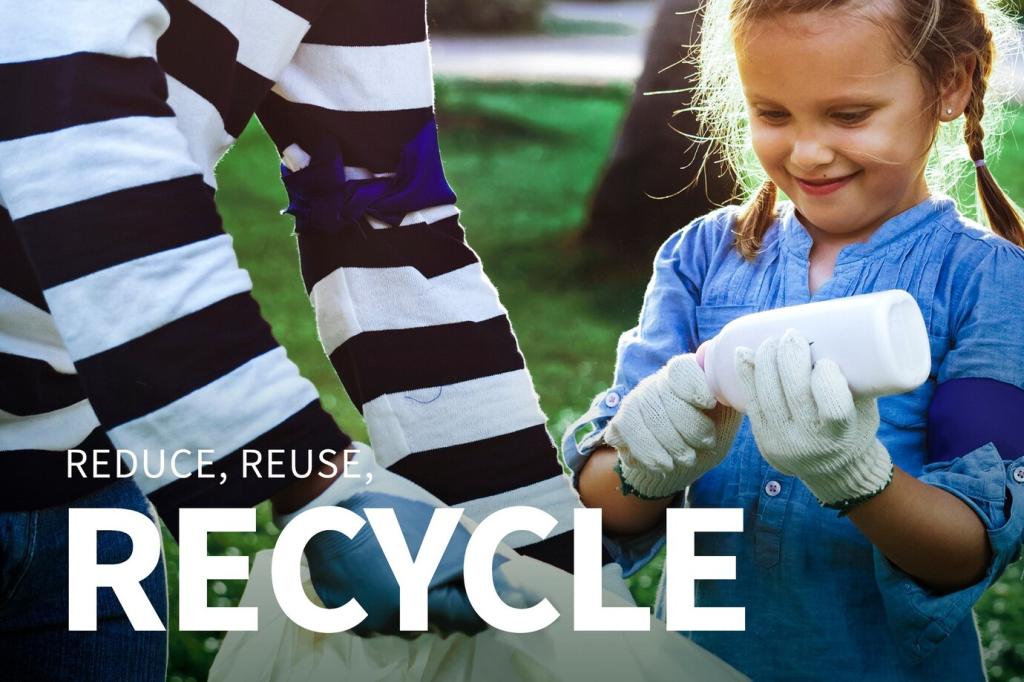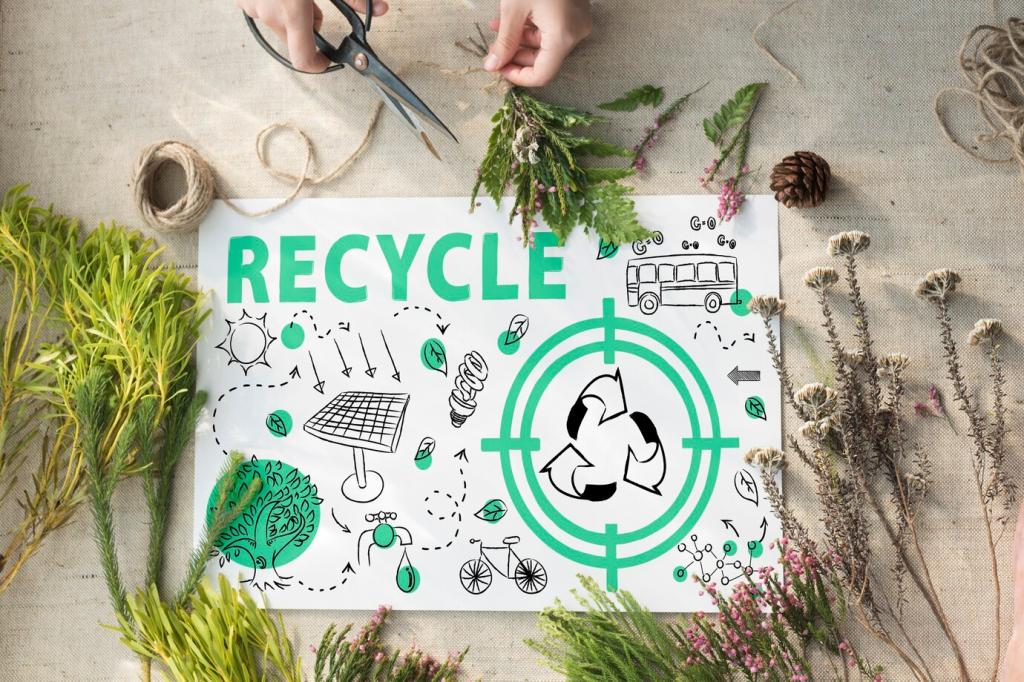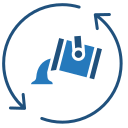Today’s Theme: Sustainable Fabric Reuse Innovations
Welcome to a practical, hopeful dive into Sustainable Fabric Reuse Innovations—where textiles get second, third, and fourth lives through smart design, science, and community action. Explore real solutions, learn new techniques, and join our circle of readers committed to reshaping fashion’s future.
Why Fabric Reuse Matters Now
The Footprint Behind Every Yard
Cotton can drink thousands of liters of water per shirt, synthetics shed microfibers, and blended fabrics often end up in landfills. Reuse innovations cut waste, emissions, and cost, while preserving the creativity and identity embedded in every textile.

Breakthrough Techniques Turning Waste into Worth
Fiber-to-Fiber Regeneration at Scale
Chemical recycling can separate cotton from polyester in blended textiles, regenerating usable fibers with reduced quality loss. These processes, combined with careful sorting and labeling, help transform mixed waste streams into reliable, circular inputs.
Enzymatic and Microbial Innovations
Emerging enzymes break cellulose down gently, making recovery safer than harsh chemicals. Microbial dye removal and bio-based binders reduce toxins, opening pathways for cleaner upcycling and more resilient, repairable material assemblies.
Mechanical Reengineering Without Downcycling
Shredding woven offcuts into new nonwovens, needle-punching layered remnants, and precision quilting can create durable panels. Smart patterning conserves strength and aesthetics, preventing the quality dip that often discourages reuse.
Designing for Disassembly and Second Life
Snap systems, folding structures, and compatible fasteners let components separate easily. Choosing a single dominant fiber type improves future recycling, while modular panels invite repairs and seasonal swaps without compromising style.

Local Upcycling Ecosystems
Neighborhood repair cafes, swap shelves, and sewing nights reduce waste while building belonging. Bring your stash, trade freely, and teach a technique. Tell us your city, and we will help connect you with local groups.
Local Upcycling Ecosystems
Compact, tech-enabled studios can cut, stitch, and remaster garments from incoming scraps. With digital patterns and agile workflows, remanufacture becomes flexible, local, and responsive to community needs and leftover material flows.

Tools and Materials You Can Try Today
Deadstock Mapping and Sourcing
Catalog your leftovers by fiber, color, and size. Join online exchanges and local mills willing to release offcuts. Drop a comment about your region, and we will share sourcing tips and platforms relevant to your area.
Non-Toxic Dyes and Biodegradable Binders
Plant-based dye kits and water-borne binders can refresh faded fabrics safely. Pair with natural mordants and low-energy processes to achieve rich tones. Share your swatch tests so others can learn from your experiments.
Home Techniques That Actually Last
French seams, reinforcing patches, and edge-binding extend life without specialized equipment. Test stress points, prewash diligently, and label maintenance steps inside garments so future owners know exactly how to care.
Extended Producer Responsibility With Teeth
EPR policies can fund collection, sorting, and recycling infrastructure. Transparent targets and penalties motivate real change. Tell us which policies you support, and we will feature your insights in an upcoming community roundup.
What to Look For in Certifications
Standards verifying recycled content, restricted substances, and social safeguards help buyers identify credible products. Learn the differences, ask producers tough questions, and share labels you trust to guide fellow readers.
Signals From Innovators and Investors
Pilot projects integrating digital IDs, reuse marketplaces, and modular design are drawing thoughtful capital. Subscribe to track breakthroughs, meet founders, and join beta tests that need real users to fine-tune their solutions.
